Custom design solutions available for bespoke needs. Learn More
My Cart:
Custom design solutions available for bespoke needs. Learn More
My Cart:
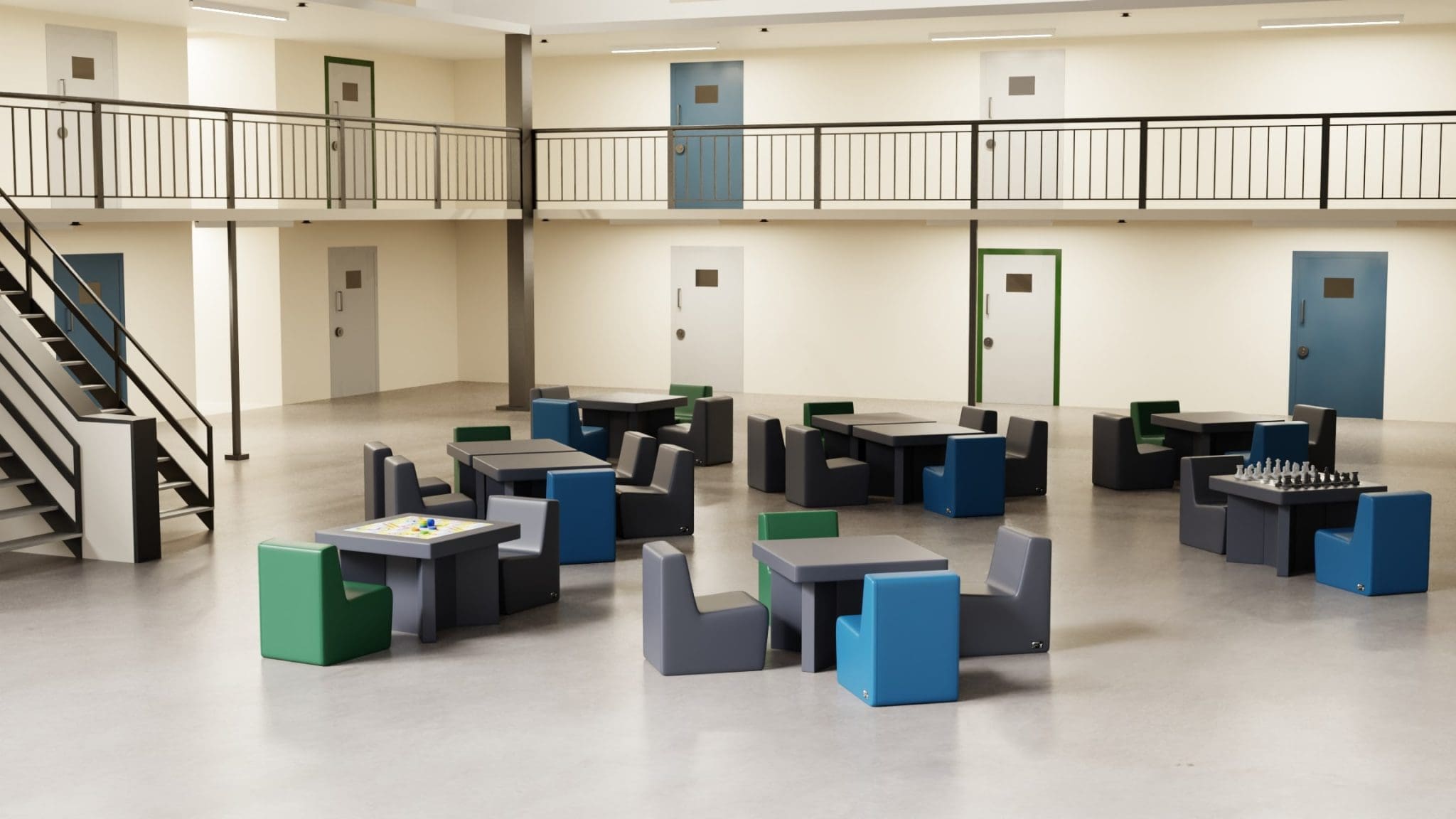
Creating safe furniture for corrections and youth justice facilities requires a delicate balance between safety, security, and human dignity. The right furniture design can significantly impact rehabilitation outcomes while ensuring the safety of both residents and staff. Our guide explores the essential considerations, best practices, and innovative solutions that we use for designing effective institutional furniture.
Designing furniture for correctional environments presents it’s own unique set of challenges. These challenges don’t exist in traditional everyday settings. These facilities must prioritise safety while also supporting rehabilitation and maintaining human dignity. The furniture has to withstand heavy use, prevent misuse as weapons, and contribute to a therapeutic environment.
Tamper-Resistant Design Every piece of furniture we design is created to prevent disassembly or the ability to be weaponised. This means there are no removable parts, sharp edges, or any component that could be weaponised.
Suicide Prevention Anti-ligature design plays a crucial role in suicide prevention. This eliminates ligature points such as, sharp corners, or any features that could be used for self-harm. Rounded edges and carefully considered proportions are essential.
Durability and Vandal Resistance Institutional furniture faces intense daily use and potential abuse. The raw materials we use withstand impacts, resist scratching and gouging, and maintain their integrity over years of heavy use. This doesn’t mean our furniture has to look institutional – with careful design and good use of colour, modern materials allow us to create attractive, homelike appearances while maintaining durability.
Abecca’s design program is focused on providing comfort whilst meeting safety standards. For seating, tables and bedding, our specialised fire-retardant foams, Limbershield coating and tear-resistant fabrics provide comfort, maintain hygiene and safety in high-risk, high-use environments.
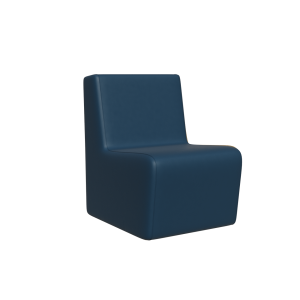
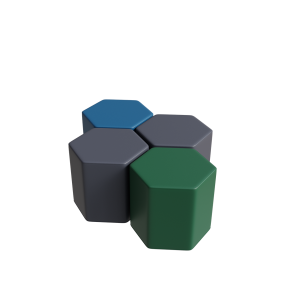
https://abeccadesign.com/product-category/safe-furniture/hawk-range/
Adult facilities typically require the highest level of security features. Furniture has to be extremely robust and offer minimal opportunities for misuse. However, this doesn’t prevent the focus also being on thoughtful design that looks to maintaining dignity and supporting rehabilitation programs.
Common Room Furniture: Our tables and seating used in common areas are designed for multiple users and uses while also having to be capable of preventing theft or weaponisation. We focus on modular type systems that can be reconfigured for different activities, these are increasingly popular.
Cell Furniture: Sleeping and bedside storage units in individual cells are designed to be anti-ligature, compact and efficient.
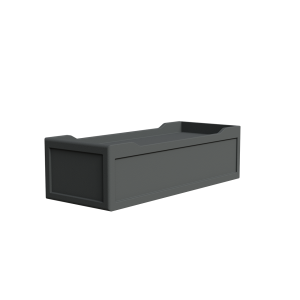
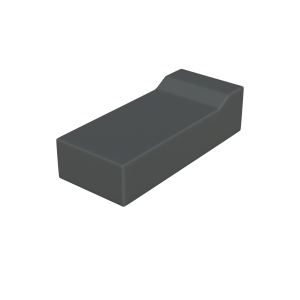
https://abeccadesign.com/product-category/mattresses-pillows/
Youth Justice Facilities
Youth facilities require more focused opportunities to create more normalised, therapeutic environments while maintaining necessary safety standards. Research consistently shows that homelike environments support better outcomes for young people in the justice system.
Educational Spaces: Furniture for classrooms and study areas should support learning while meeting security requirements. Comfortable and comforting seating as well as proper ergonomics are important for young people’s development.
Recreation Areas: Furniture for recreation and therapy spaces can be more varied and colourful while still meeting safety standards. Our goal is to create spaces that feel less institutional and more supportive.
Living Spaces: Dormitory and bedroom furniture should feel as homelike as possible again while maintaining safety.
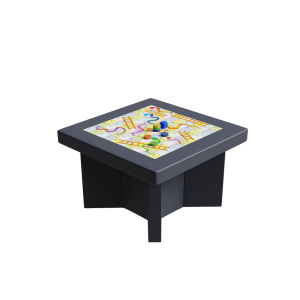
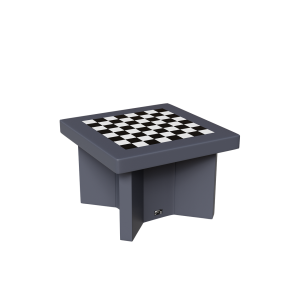
https://abeccadesign.com/product/snakes-and-ladders-game-table/
Modern institutional furniture increasingly uses modular systems that can be reconfigured for different uses while maintaining security features. These systems allow facilities to adapt spaces for various programs and activities.
As a specialised manufacturers of both mental health and institutional furniture we have extensive experience with relevant safety standards and certification processes. We understand the specific requirements of correctional environments and ensure all our products have documentation of compliance.
https://abeccadesign.com/industries/custodial-furniture/
https://abeccadesign.com/industries/youth-justice-furniture
In addition to the standard range of products we also offer customisation options that allow facilities to meet their specific needs while maintaining safety standards. This includes colour options, size variations, or configuration flexibility.
All our furniture is designed for easy cleaning and sanitisation, something critical in institutions. Smooth surfaces, minimal joints and seams, and surfaces that resist staining and harbour bacteria are essential.
Increasingly, facilities are considering the environmental impact of their furniture choices. Durable materials that last longer, recyclable components, the option of an end of life return for recycling helps us contribute to a more sustainable operation.
The psychological impact of colour and texture shouldn’t be underestimated. While safety remains paramount, modern materials allow for a wide range of colours and finishes that can create more welcoming, less institutional environments. Our Armadillo collection is testimony to this.
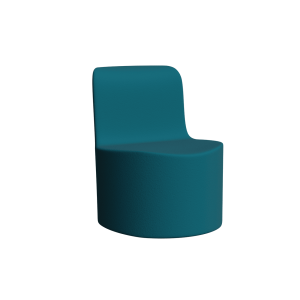
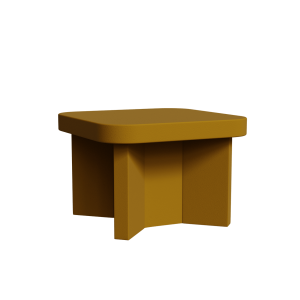

https://abeccadesign.com/product-category/safe-furniture/armadillo-range/
Comfortable, ergonomically designed furniture supports the health and wellbeing of residents while meeting security requirements. This is particularly important in facilities focused on rehabilitation and education.
https://abeccadesign.com/anti-ligature-mental-health-furniture/
While secure institutional furniture often requires a higher initial investment, the long lifecycle and reduced replacement costs often make it more economical over time. Factor in maintenance, replacement, and safety incident costs when evaluating options.
The field of institutional furniture design is constantly evolving, driven by better understanding of rehabilitation principles, advances in materials science, and changing approaches to corrections and youth justice. We work closely with you to ensure we provide the most up to date design and safety concepts.
Growing research into the impact of physical environments on behaviour and outcomes is informing a more sophisticated approaches to furniture and space design in correctional settings.
Designing safe furniture for correction facilities and youth justice facilities requires expertise, experience, and a deep understanding of the unique challenges these environments present. Our goal is creating spaces that prioritise safety while supporting rehabilitation, education, and human dignity.
Understanding and designing furniture meeting both the technical requirements and the human factors involved is what success looks like to us at Abecca. By carefully considering materials, design principles, and the specific needs of different facility types, it’s possible to create furniture solutions that serve both security and therapeutic goals.
The investment in properly designed institutional furniture pays dividends in safety, durability, and positive outcomes for the people these facilities serve. As our understanding of effective rehabilitation continues to evolve, furniture design continues to play an increasingly important role in creating environments that truly support positive change.
Whether you’re planning a new facility or upgrading an existing one, remember that thoughtful furniture design is an investment in both safety and success. The right furniture choices can make a significant difference in creating spaces that are secure, humane, and effective in achieving their rehabilitation goals. These are all factors Abecca treats as priorities when designing furniture for both corrections facilities and youth justice facilities.
Share this Article